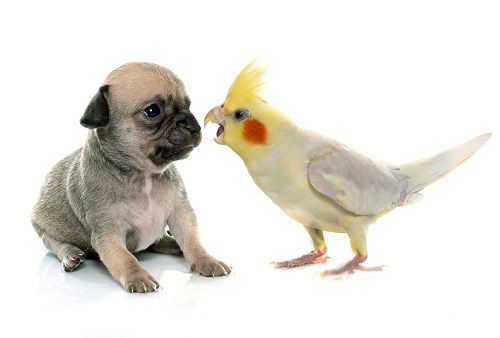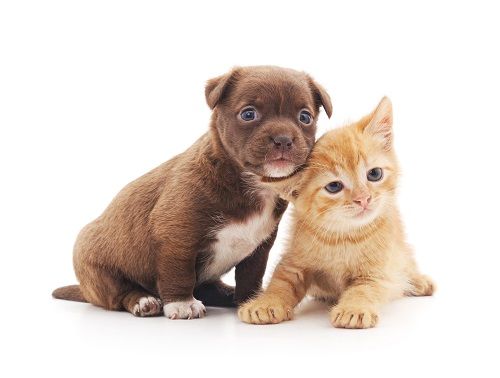When Is Veterinary Diagnostic Imaging Necessary For Your Cat?
After your veterinarian has examined your cat, he or she may want to begin to collect more information that will lead to a diagnosis and then, a treatment plan. Radiographs are usually a first line of imaging. The radiograph may lead to a diagnosis which allows them to move forward with a plan. However, sometimes the next step may be ultrasound to get a more thorough or specific look at a particular area of the body.
For instance, if your cat is vomiting and feeling ill, you veterinarian may take a radiogrpaph to look for possible causes such as obstruction of intestines or an obvious foreign body. The x-ray may show some signs of an intestinal obstruction, however, before proceeding to surgery, it would be prudent in some cases to follow with an abdominal ultrasound. The ultrasound will give more detail of the area and therefore allow more confidence of the treatment plan to move forward with surgery. Occasionally, radiograph and ultrasound allow for a definitive diagnosis but other times they will simply add more information to help put the puzzle together for the best treatment plan for your cat.
The four types of Veterinary Diagnostic Imaging our veterinarians may utilize to assist in diagnosis of your cat's condition are:
Radiographs
MRIs
Ultrasounds
CT Scans
More information on each of these types of radiographs is provided below.
*Note: Perkins County Veterinary Hospital currently does not perform MRIs or CT Scans






